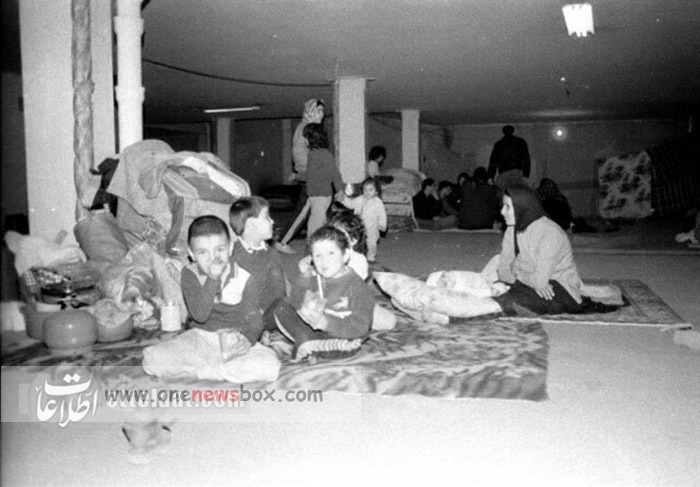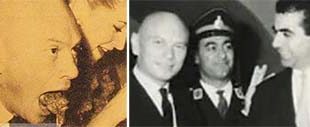The Iran–Iraq War (1980–1988): A Decade of Bloodshed and Its Enduring Legacy
Introduction
The Iran–Iraq War was one of the longest and costliest conflicts of the 20th century, lasting from September 22, 1980, to August 19, 1988. The war shaped the politics, society, and economies of both nations and left deep scars across the Middle East that remain visible to this day. According to Iraqi authorities, the war began on September 4, 1980, when Iranian heavy artillery attacks hit the Iraqi cities of Khanaqin and Mandali. However, Iran marks the official start of the war as Iraq’s invasion of its southern and western borders on September 22, 1980.
The war came to an end when Iran accepted United Nations Resolution 598 on July 17, 1988, and a ceasefire was established on August 19, 1988. In December 1991, the United Nations officially announced Iraq as the aggressor, acknowledging its role in initiating one of the bloodiest conflicts of the era.
Historical Context and Causes
The roots of the Iran–Iraq War can be traced back long before its official outbreak. Border clashes between the two nations began as early as March 1978 when Iraq attacked Iran’s western border areas. The tensions arose mainly due to:
-
Disputed Borders: The Shatt al-Arab waterway (Arvand Rud), a vital channel for oil transport, was a long-standing point of contention.
-
Ethno-religious Tensions: Iraq was ruled by the Sunni-dominated Ba’ath party under Saddam Hussein, while Iran emerged as a revolutionary Shia state under Ayatollah Khomeini after the 1979 Islamic Revolution.
-
Regional and Political Ambitions: Iraq aimed to assert its dominance in the Arab world and sought to counter Iran’s revolutionary fervor.

